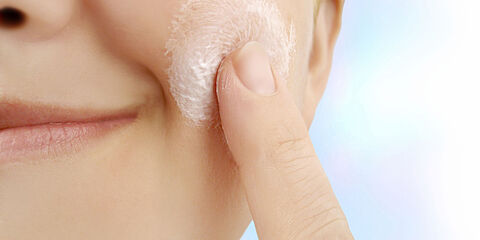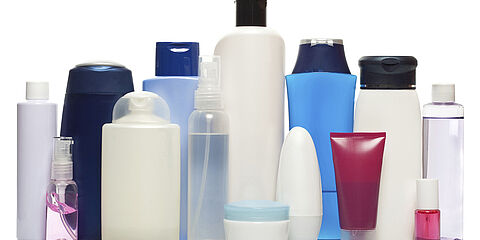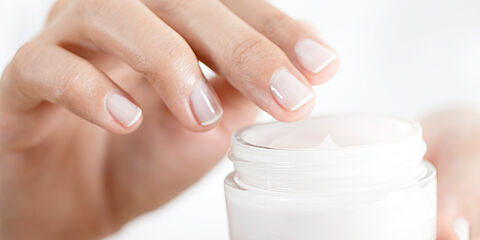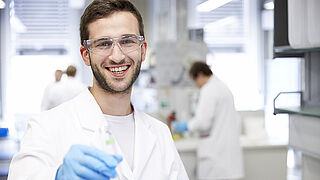Pluralibacter gergoviae – a bacterium under constant observation
Pluralibacter gergoviae – formerly, Enterobacter gergoviae – is a facultatively pathogenic, ubiquitously occurring bacterium. It is assigned to the Enterobacteriaceae family.
The bacteria are part of the intestinal flora and are also found in almost all habitats. They have been found in stool or faeces samples from humans and animals, in plants and material from plants, in water, insects and dairy products. This gives rise to many potential ways in which cosmetic products can be contaminated with Pluralibacter gergoviae. The health risk of cosmetics contaminated with Pluralibacter gergoviae is and will therefore remain in the focus of cosmetics producers and authorities.
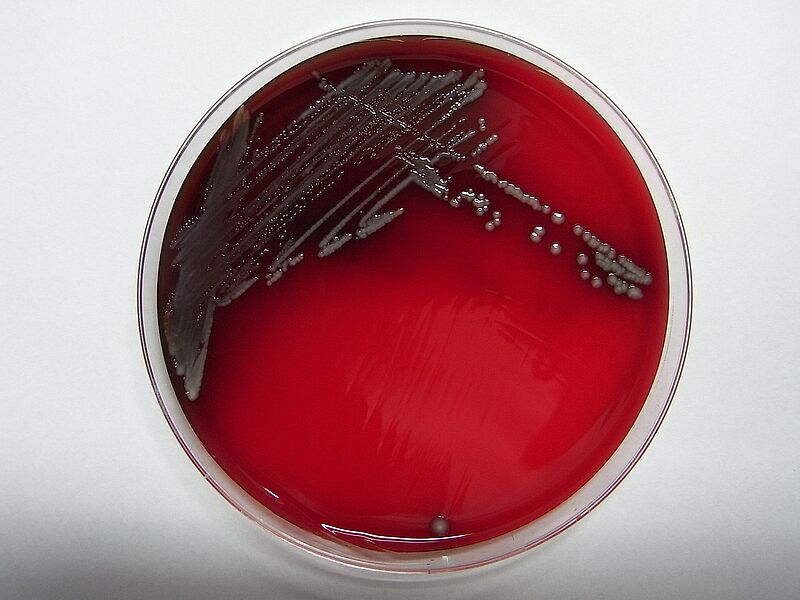
The Federal Institute for Risk Assessment (BfR) in Germany also addresses the potential danger of the bacterium in cosmetic products in its updated statement No. 038/2020 of 7 September 2020. In particular, groups of people such as immunocompromised people or small children are explicitly mentioned here. It states, “If products contaminated with P. gergoviae are used, the bacterium can enter the body via open wounds or the mucous membranes. Severe infections are possible in people with weakened health.“ Therefore, the BfR concludes that cosmetic products for external use should generally be free of Pluralibacter gergoviae.
To ensure that cosmetics prevent the growth of Pluralibacter gergoviae, every preservative efficacy test (PET) should include a test for this bacterium. Testing for sufficient preservation is part of the microbiological analysis of cosmetic products. In our in-house laboratory for microbiology, we conduct the preservative efficacy test for our customers in accordance with ISO 11930. This test is particularly advisable because Pluralibacter gergoviae is resistant to some preservatives. A corresponding domestic germ can also be used for the test.
Your contact person for our cosmetics experts
- Marc von Essen
- +49 2505 89-633
- cosmetics@wessling.de

„We test your cosmetic products for sufficient preservation, and examine end products, and bulk and cosmetic raw materials.“
